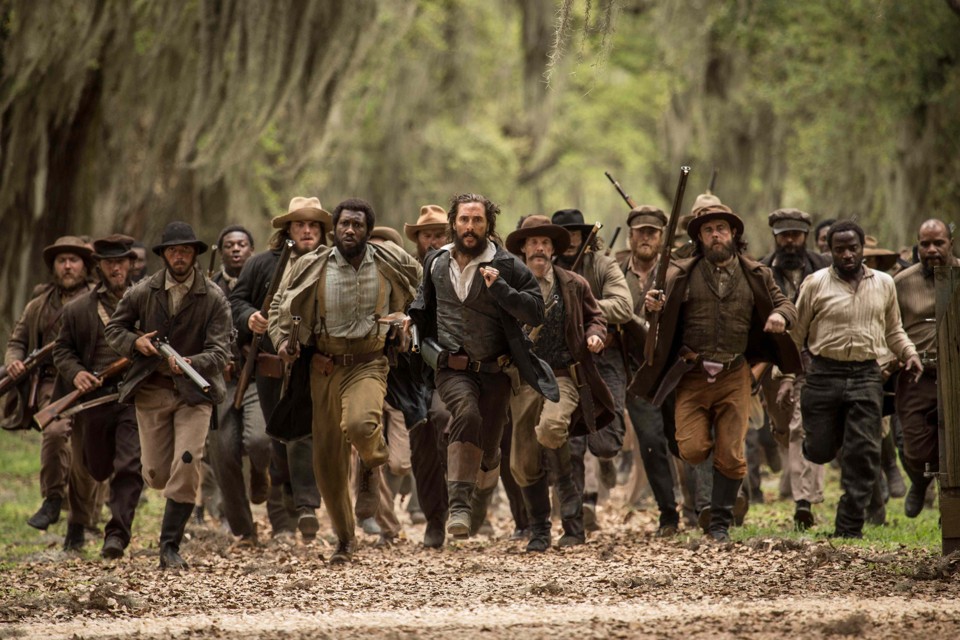The Myth of White Purity and Narratives That Fed Racism in South AfricaPosted in Africa, Communications/Media Studies, History, Media Archive, South Africa on 2016-07-16 15:25Z by Steven |
The Myth of White Purity and Narratives That Fed Racism in South Africa
The Wire
2016-06-18
Nicky Falkof, Senior Lecturer in Media Studies
University of the Witwatersrand, Johannesburg, South Africa
 An apartheid-era sign from South Africa. Credit: Wikimedia Commons. |
The rhetoric of racial purity is full of suggestive terms like illness, weakening and dilution. These imply the medicalisation of the nation.
In this extract from her book The End of Whiteness: Satanism and Family Murder in Late Apartheid South Africa, Nicky Falkof explores how ideas about disease, risk and danger that the apartheid government applied to black people were transposed onto fears about Satanism during the 1980s.
The grand apartheid regime’s most pressing fear was gelykstelling, an Afrikaans word that means “equalisation”. It believed that this would bring on the “mishmash cohabitation” and eventual bloedvermenging – blood mixing – that threatened the purity of the white race.
During the run-up to the 1938 election, the National Party campaigned on the argument that the ruling United Party’s policy of allowing mixed marriages would cause mass miscegenation. This, in the words of Afrikaans intellectual N.J. van der Merwe, would lead to “mixing of the blood and the ruin of the white race”.
During the 1970s Afrikaans genealogist J.A. Heese uncovered records of more than 1,200 European men in South Africa who married non-white women between 1652 and 1800. Through this he determined that approximately 7.2% of Afrikaner heritage was non-white. This complicated history was not admissible within the apartheid imaginary…
Read the entire article here.





